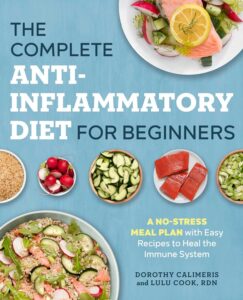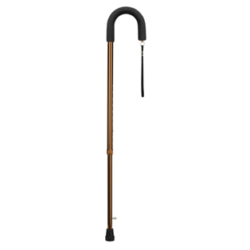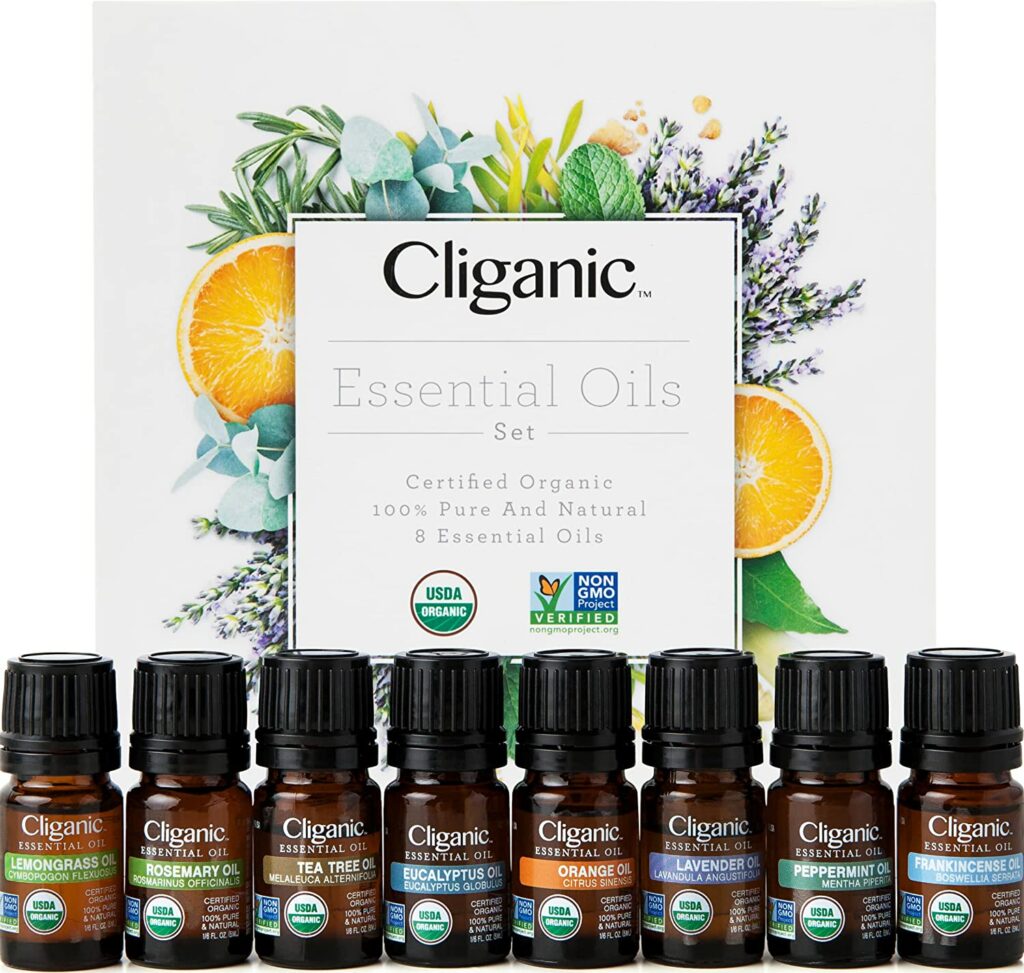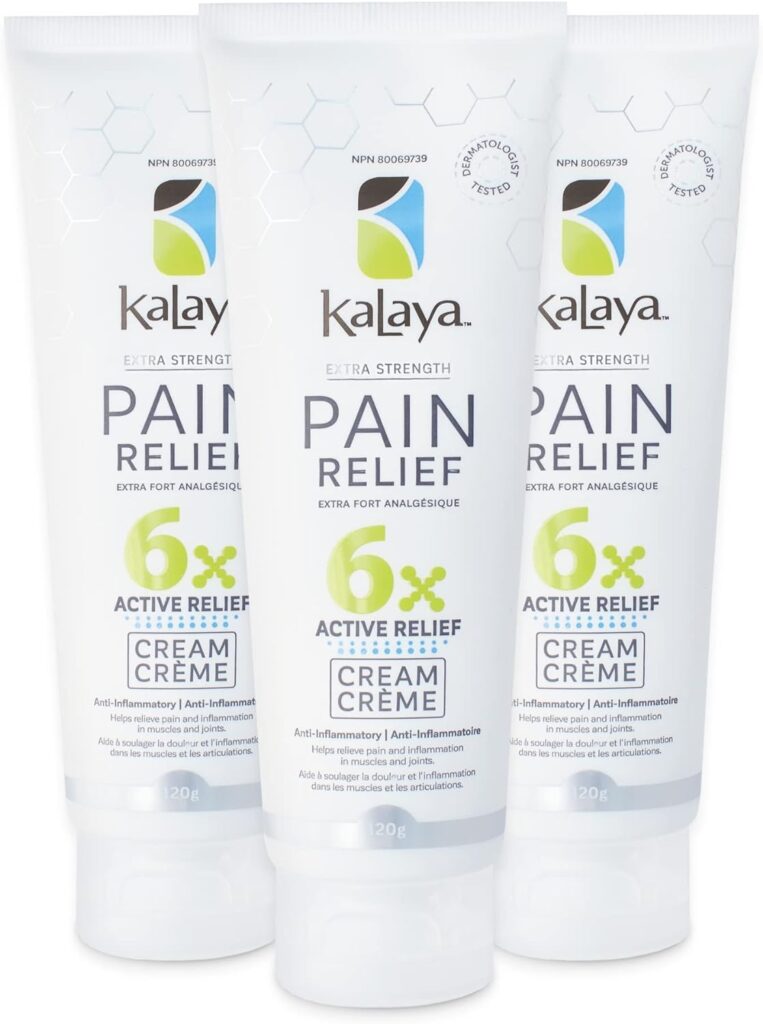What can you do to overcome the pain of arthritis in older adults as you or a loved one grapple with the persistent discomfort of arthritis in later years?
The journey through aging shouldn’t be marred by the pain of arthritis. Fortunately, there are practical steps you can take to regain control and improve your quality of life.
From lifestyle adjustments to targeted therapies, overcoming arthritis is within reach. In this guide, we will explore 12 proven strategies that can help alleviate pain, enhance mobility, and restore vitality.
Whether you are managing osteoarthritis, rheumatoid arthritis, or another form, these strategies offer a path forward towards greater comfort and well-being. Discover how small changes can make a significant difference in your daily life and empower you to live fully, despite the challenges of arthritis.
Why is Arthritis More Common in Older Adults?
As we age, there are at several reasons that raise our risk of acquiring arthritis:
Arthritis is more common in older adults primarily due to the natural wear and tear that occurs in joints over time. As we age, cartilage—the protective tissue that cushions the ends of bones within joints—gradually wears down.
This wear and tear can lead to conditions like osteoarthritis, the most common type of arthritis in older adults, where joints become stiff, swollen, and painful. Furthermore, as people age, the body’s ability to repair damaged cartilage diminishes, further exacerbating joint problems.
Other factors contributing to arthritis prevalence in older adults include a lifetime of joint use and stress, genetic predispositions, previous joint injuries, and conditions like obesity that increase strain on joints.
While arthritis is more prevalent in older age groups, proactive management through lifestyle modifications, exercise, and medical treatments can help mitigate its impact and improve quality of life.
Older people have multiple chronic non-inflammatory diseases that can increase inflammation in the whole body, including the joints.
The hormonal variation during the aging period that often happen in the case of menopause in the women in addition to other joint problems. For example, estrogen, which has been well-documented to support cartilage structure, can decline in women as they start aging, resulting in an increased predisposition to arthritis.
Understanding Arthritis in Seniors – The Main Types
In seniors, the most common types of arthritis include:
- Osteoarthritis (OA): This is the most prevalent form, often resulting from the wear and tear of cartilage over time. It typically affects the knees, hips, hands, and spine, leading to pain, stiffness, and reduced mobility.
- Rheumatoid Arthritis (RA): An autoimmune disease where the immune system attacks the joints, causing inflammation, pain, and swelling. RA usually affects joints on both sides of the body and can lead to joint deformities.
- Gout: A form of inflammatory arthritis characterized by sudden, severe attacks of pain, swelling, and redness, usually in the big toe. It is caused by the buildup of uric acid crystals in the joints.
- Psoriatic Arthritis: This type affects some people with psoriasis, causing joint pain, stiffness, and swelling, often in the fingers and toes.
- Ankylosing Spondylitis: A chronic inflammatory arthritis primarily affecting the spine, leading to pain and stiffness in the back and hips.
- Lupus (Systemic Lupus Erythematosus): An autoimmune disease that can cause inflammation in various parts of the body, including the joints, leading to pain and swelling.
Managing Arthritis in Seniors – Lifestyle Modifications
Although arthritis has no known cure, there are a number of strategies to control the symptoms and enhance quality of life. A combination of lifestyle modifications, use of assistive devices, medications, topicals and or joint injections or surgery have been found helpful:

Healthy Diet
Eating a balanced diet rich in fruits, vegetables, whole grains, and lean proteins can help reduce inflammation. Some people find relief by avoiding certain foods that may trigger inflammation, such as processed foods or those high in saturated fats.
Physical Activity
Routine workouts are also an ideal remedy for preserving joint flexibility, curing pain and stiffness, and the overall improvement of musculature. Physicians usually prefer exercises which are less demanding, e.g. swimming, cycling and easy yoga, for their elderly patients with arthritis.
Weight Management
Maintaining a healthy weight reduces stress on weight-bearing joints, such as the knees and hips, helping to alleviate pain and improve mobility.
Stress Management
Techniques such as meditation, deep breathing exercises, or yoga can help manage stress, which can exacerbate arthritis symptoms.
Use of Assistive Devices
Heat and Cold Therapy
The use of hot and cold therapies can help relax muscle joints and improve blood circulation. This way, cold therapy can be used to reduce the inflammation and numb the pain. However, an alternation between hot and cold treatments may be the best since it can lead to maximum relief.
By applying heat to the joints that are affected, you can make muscles more relaxed and improve blood circulation, whereas cold therapy can cause a reduction of inflammation and numb the pain. Consecutive warmth and cold sessions could be more beneficial for people.
Canes, Walkers or Ergonomic Tools
Involving assistive apparatus like canes, walkers, or ergonomic tools may help to lessen the pressure on the joints and make daily activities more bearable.
Using assistive devices like splints or braces can support and protect joints during daily activities. Ergonomic adaptations in the home or workplace can also reduce joint strain.
Occupational and Physical Therapy
Among the elderly, the assistance of an occupational or physical therapist could be beneficial in terms of learning to use techniques that do not strain the joints, to conserve energy, and even to maintain independence.
Working with a physical therapist can provide tailored exercises and techniques to improve joint function and reduce pain.
Alternative Therapies for Pain Management of Arthritis
Some people find relief from acupuncture, massage therapy, or supplements like glucosamine and chondroitin sulfate, although their effectiveness varies.
The use of herbal teas – especially ginger, green tea and turmeric help reduce the inflammation associated with arthritis.
Several popular essential oils that are commonly used for arthritis relief, including ginger, turmeric, peppermint, eucalyptus, and frankincense. Each oil has unique properties and can be used alone or blended with other oils for maximum benefits. Reember to use a carrier oil to blend as these oils are highly concentrated
Check out :How to Use the Healing Benefits of Essential Oils for Arthritis.
Pain Management of Arthritis – Medications and Topicals
Medications for Treating Arthritis
Some seniors may not need lifestyle changes or medications to manage their arthritis pain and inflammation. This is because many pain relievers are available over the counter which are helpful for quick pain and inflammation reduction.
However, older adults need to avoid these drugs, as their side effects and interactions with other medications can be detrimental.
In some cases, prescription drugs may be required to treat arthritis as well as to get rid of its symptoms. DMARDs, which are disease-modifying antirheumatic drugs, are one of the main groups of drugs used to delay the progression of rheumatoid arthritis.
Corticosteroids in the form of prednisone can also help in that they decrease inflammation and pain. However, they should be taken as infrequently as possible because of the common side effects.
Topical Treatments
Local treatment of the joints with topicals is another approach to dealing with tenderness and the condition of arthritis. Topical ointments, gels, and patches are pain-relieving and anti-inflammatory, whose active constituents are dissolved in the skin layer above the affected joints.
Joint Injections or Surgery for Managing Arthritis in Seniors
Joint Injections
Intra-articular injections (corticosteroid injection and hyaluronic acid injection, etc.) are available but can only be administered by a healthcare provider
Surgical Options for Severe Arthritis
In situations where all other available options of treatment have already been tried, then joint replacement surgery may be suggested if the case is severe.
For joint replacement surgery, the damaged joint is removed and replaced with an artificial one consisting of metal, plastic or ceramic components, which are fixed to the bone.
The most common joint replacements done for arthritis are knee and hip replacements.
While total joint replacement is an operation that frequently gives remarkable relief from pain and restores normal joint function, it is usually the last resort. The choice to operate can only be decided through a conversation with a medical professional. This will take into account the senior’s overall health, age and personal preferences.
Conclusion – Overcome the Pain of Arthritis in Older Adults
Many people have arthritis as they get older, so although you won’t be able to prevent it altogether, there are some things you can do to help manage your symptoms and live your life to the fullest. Keep active, maintain a healthy weight, prevent joint damage and make other lifestyle modifications.
Related Articles
- Arthritis and Insomnia – A Sure Recipe for Senior Falls
- Shoes for Arthritis – Compare Stylish Options
- The Offset Handle Walking Cane – Best for Arthritis
- What is Arthritis? Focus on Seniors
- Why is Arthritis Painful? – How to know Different Skin Types
- How to Use the Power of Herbal Teas for Arthritis Relief
- How to Treat Arthritis And Sleep Problems – The Connection
- How to Use Healing Benefits of Essential Oils for Arthritis Pain
FAQ
Can the pain of arthritis in older adults be completely eliminated?
Arthritis pain can’t be completely eliminated, but effective management strategies like medication, exercise, and lifestyle adjustments can significantly reduce pain and improve quality of life.
What exercises are safe for arthritis sufferers?
Low-impact exercises such as swimming, walking, and gentle stretching are generally safe and beneficial for arthritis. These activities help maintain joint flexibility, strength, and overall mobility.
How can I manage arthritis flare-ups?
Managing arthritis flare-ups involves rest, applying hot or cold packs, taking prescribed medications, and avoiding activities that exacerbate pain. Consulting with a healthcare provider for personalized guidance is essential during flare-ups.
What strategies for pain management of arthritis are most effective?
Effective pain management strategies for arthritis include medications like NSAIDs or acetaminophen, regular exercise to strengthen muscles and joints, hot or cold therapy, and lifestyle modifications such as weight management and ergonomic adjustments.
Why is understanding arthritis in seniors important?
Understanding arthritis in seniors helps tailor effective treatment plans, manage symptoms early, and improve quality of life by addressing pain, mobility issues, and overall joint health proactively.
What are effective strategies for managing arthritis in seniors?
Effective strategies include medication, gentle exercise like swimming or walking, maintaining a healthy weight, using assistive devices, and seeking physical therapy. These help alleviate pain, improve mobility, and enhance overall quality of life for seniors with arthritis.
References
Government of Canada. Seniors and Aging – Osteoarthritis https://www.canada.ca/en/health-canada/services/healthy-living/your-health/diseases/seniors-aging-osteoarthritis.html





